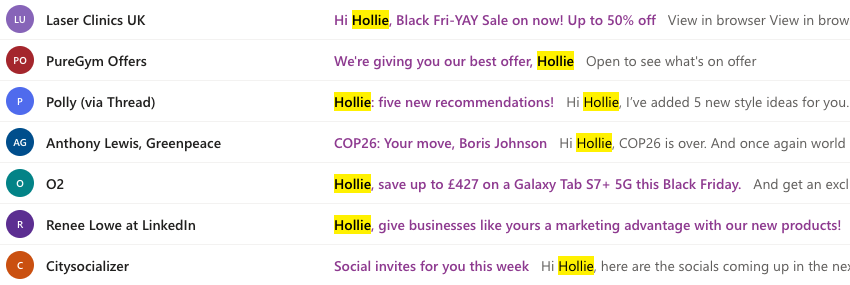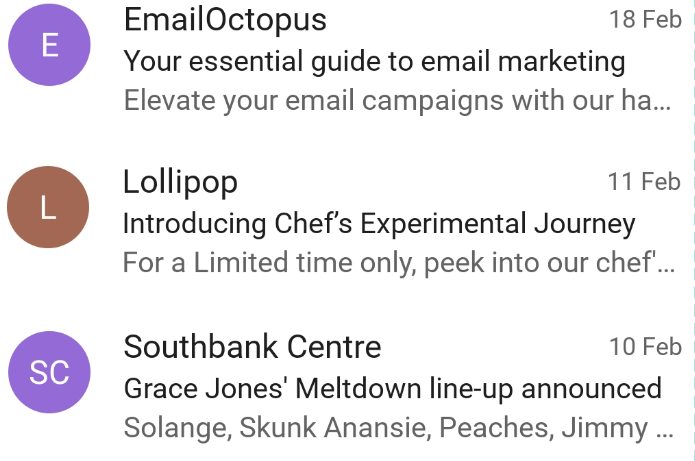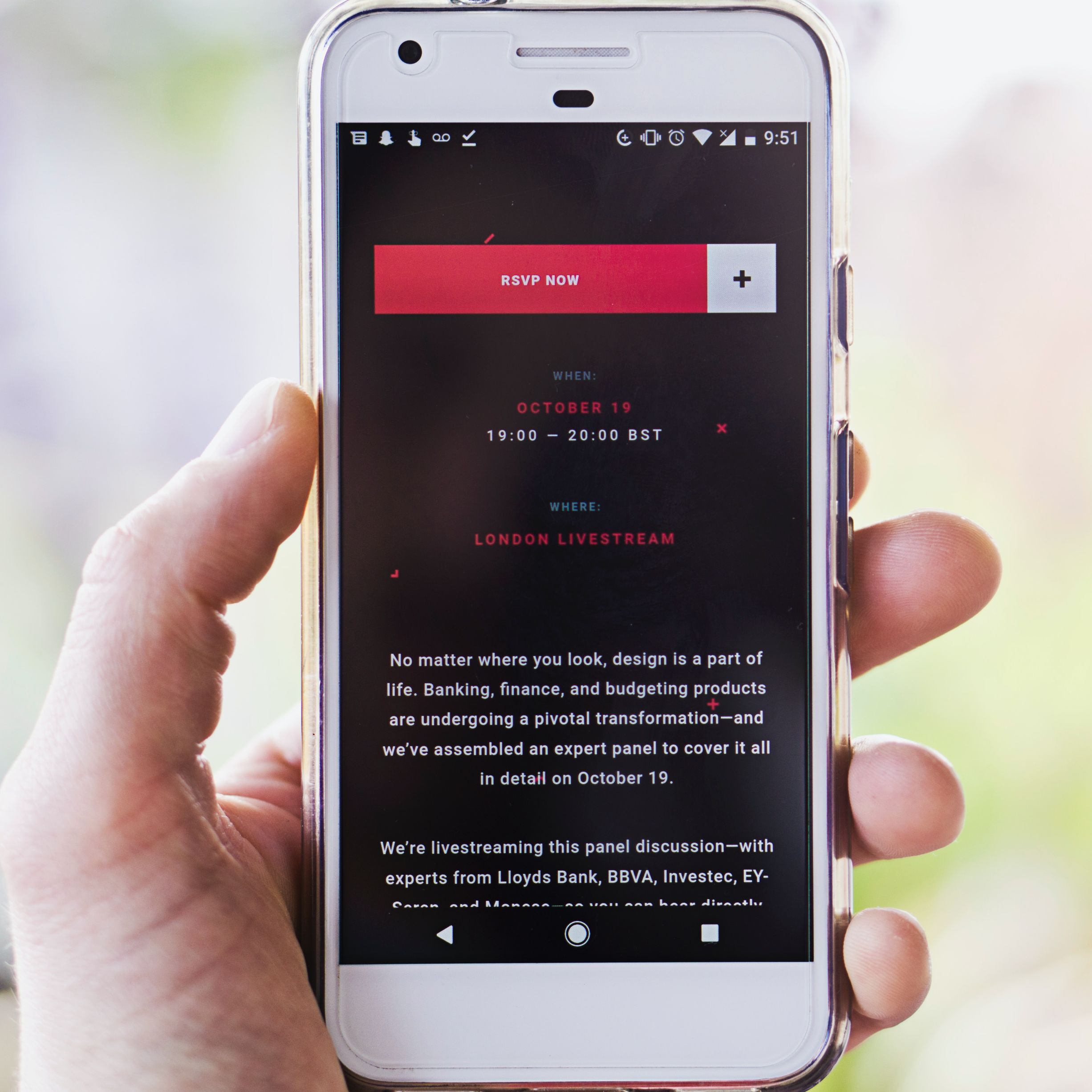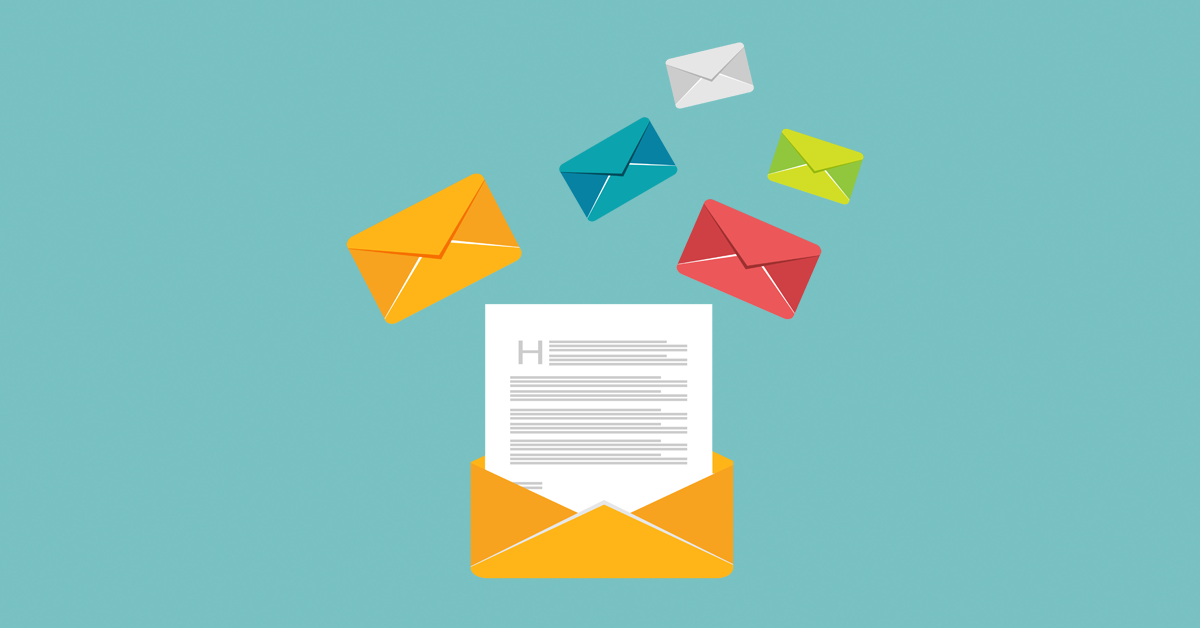Much has been said about the content of email campaigns to increase engagement and conversions, but how much do we pay attention to the length of the emails we’re sending out to customers? There are actually best practices we should be following for a successful email campaign.
What’s so important about email length?
If you want to stay competitive, it’s essential to stay within the limits for email length. Millions of emails are sent every day around the world, so if you want to ensure your messages not only reach your target audience but also have the right effect, it’s important for those emails to not be too short or long.
💡 Presentation of your emails is vital to improve their success and increase conversions, and one of the easiest ways to make your emails look better is to edit them down so they’re scannable and more accessible to readers.
Email length best practices
People don’t read emails in the same way as they read a magazine or a book. They tend to scan the content rather than read every word, so brevity is your friend.
Trimming your emails down might feel counterproductive but it actually makes them more engaging and increases the likelihood of your readers clicking through and taking in the content you’ve created.
Subject line

The best length for subject lines is between 28 and 50 characters. One of the main reasons for this is that a large percentage of your email list is likely to be opening and reading emails on their phone, so keeping subject lines on the shorter side will ensure all of the text is visible. If you can keep your subject lines under 40 characters, even better to prevent it from appearing as broken text.
Preview text

The ideal text length for preview text is between 40 and 100 characters. This often-overlooked feature enables you to pack more details into your email content and since most email clients support preview (also known as preheaders) text, it’s a missed opportunity if you neglect to use it. Some email marketers keep their preheaders on the shorter side, so they don’t interfere with the main layout, but if you can keep them between 80 and 100 characters, you have a great chance for packing more information in.
Copy length
The main copy in your emails should be between 50 to 125 words for the best results. You might feel like 125 words isn’t enough to say all you want to say to your readers, but you might be surprised. Anything longer than 125 words and your readers are likely to switch off. Shorter copy performs better and if you aim for the shorter end of this scale, you could see even higher response rates. You can break up your content with bullet points, images and video, or include links so that those subscribers who do want to read more can do so elsewhere.
CTAs

CTAs, or Call-to-Actions, will be the shortest element in your emails and should be between two and five words. Keep CTAs short and sweet – they should be easy to digest and actionable, and under five words is more than enough to get your message across. CTAs need to be action-orientated and eye-catching, so keep them as brief as possible.
Email readers tend to be scanners, and some of your subscribers won’t read every word you write in your newsletters. So, make sure you’re sticking to email length best practices to ensure you’re keeping them scannable, accessible and grab their attention straight away.





No Comments
Leave a comment Cancel